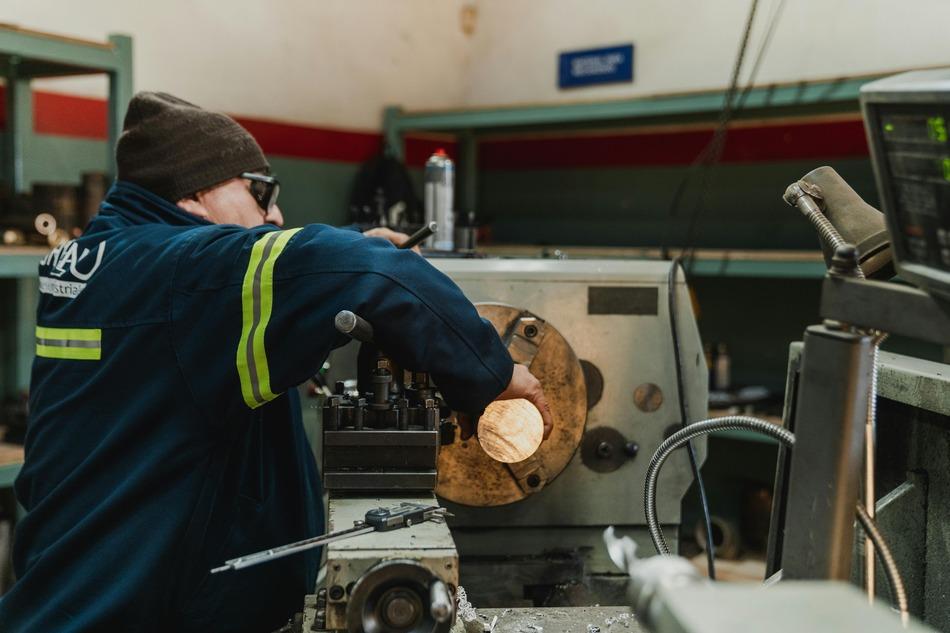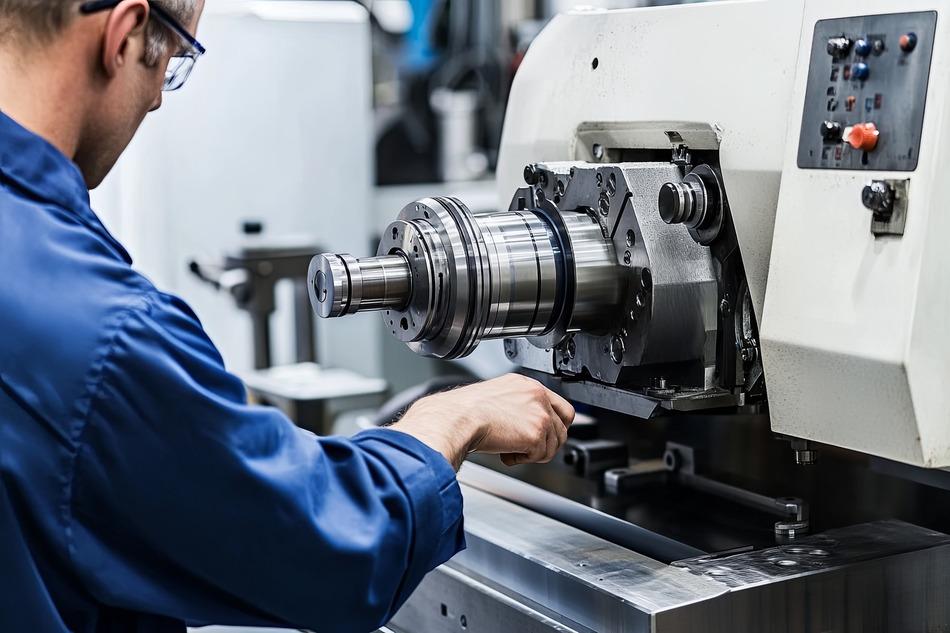Preventative Maintenance for Big Lathes
Big CNC lathes are a cornerstone of heavy machining. Whether you’re cutting massive aerospace parts or industrial shafts, these machines are built for strength and precision. But even tough equipment needs care. A solid maintenance routine helps you avoid unexpected downtime, extend machine life, and keep every part on spec. When a large lathe goes down, it’s not just inconvenient—it’s expensive. Production stops, deadlines slip, and repairs can take days. But most problems don’t show up overnight. Wear builds up slowly.
Preventative Maintenance for Big Lathes Matters
With regular preventative maintenance, you can catch issues early and fix them before they become major breakdowns. Keeping your lathe in good shape also protects your tools, helps your spindle and bearings last longer, and keeps your cuts clean and accurate.
Daily Maintenance Tasks
Wipe It Down
Remove chips, coolant, and oil from the bed, tool post, and slideways. Clean machines work better and stay safer.
Watch for Leaks
Check around the spindle, hydraulics, and coolant lines. Leaks might seem small—but they can cause big problems if left alone.
Check Oil and Grease
Make sure your reservoirs are topped off. Inspect fittings and lines to avoid dry spots or blockages.
Respond to Alarms
Don’t ignore alerts. They’re telling you something. Look into any warnings or error codes right away.
Listen Up
A change in how your machine sounds—like new whines, hums, or rattles—can signal trouble. Don’t wait to check it out.
Weekly and Monthly Checks
Inspect Way Wipers
Worn or cracked wipers let chips into places they shouldn’t be. Replace them before they fail.
Clean and Check Coolant
Make sure coolant is clean, flowing properly, and mixed to the right ratio. Flush and replace if needed.
Clear Chip Conveyors
Chips build up fast. Keep your conveyors clean so they don’t jam up or overheat.
Check Tool Holders and Turrets
Make sure tools are seated tightly with no wobble. Loose tooling hurts precision and wears out faster.
Test Emergency Systems
Hit the E-stop and confirm safety systems are working like they should.
Quarterly and Annual Maintenance
Check Spindle Runout
Use a dial indicator to measure axial and radial movement. Too much runout means trouble for part accuracy.
Recalibrate Motion Systems
Verify axis alignment and servo accuracy. If you’re off even a little, it’s time to tune things up.
Inspect Hydraulics and Pneumatics
Look for worn seals, tired hoses, or dirty filters. Replace them before failure causes downtime.
Recheck Machine Level
Big lathes can shift. Use a precision level to make sure your foundation is still solid and true.
Update Software
Keep control software and diagnostics tools current. Updates often include better performance and bug fixes.
Keep Good Records
Use a logbook or maintenance app to track what you’ve done. Record:
- Date and time
- Parts checked or replaced
- Any readings or issues found
- Notes about performance or noise
The more you log, the easier it is to spot trends—and fix problems early. Set a schedule that matches your shop. High-output operations may need weekly checks. Lower-volume shops might get by with monthly ones. Just be consistent.
Long-Term Care Pays Off
Big lathes do big work. But they also need big care. A strong maintenance routine helps you cut cleaner, work safer, and run longer without surprises.
📞 Need help with preventative maintenance or large lathe repair? Contact us today at (951) 540-4820. We’ll help you keep things turning smoothly, one cut at a time.




